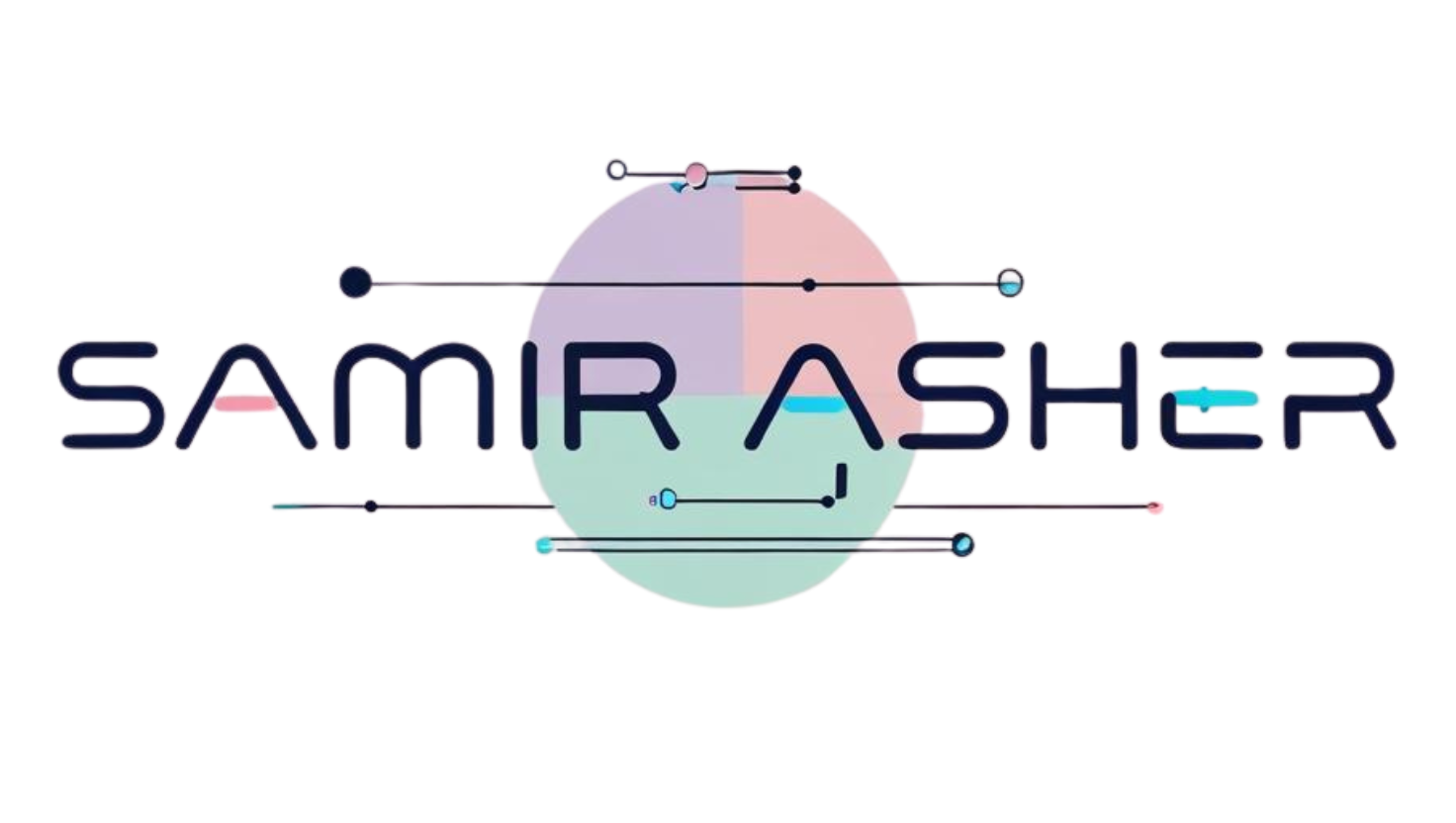I once spent hours obsessing over a landing page. The headline was catchy, the call to action button was bold, and everything was placed where it should be. Or so I thought.
But when the page went live, users just scrolled past it. Barely any clicks. That was the moment I realized something had changed.
We were not just designing for people anymore. We were designing in a world where machines influence behavior, where AI decides what gets seen and what gets skipped.
What Is Visual Hierarchy in UI and UX Design
Visual hierarchy is how we gently guide the user’s eye across a page. Bigger titles, bolder colors, clear contrast. These were our tools. We would place the most important content right where it would catch attention.
The Machine Learning Shift in UX and Interface Design
Machine learning does not care about pretty layouts. It cares about results. It sees the data. It knows that users are skipping your hero section and jumping straight to the reviews.
And so the system adapts. What one person sees may not be what another does. Visual hierarchy becomes fluid, shaped by behavior, not just design intuition.
But now, with machine learning tracking patterns and predicting actions, our traditional playbook does not always hold up.
How AI Changes What Users See First
AI is getting smarter at showing people what they want before they even realize it. The order of products, the placement of buttons, even the images that appear. These all shift depending on the user.
So designers have to let go of rigid structures. We are designing flexible pieces now. Pieces that can be rearranged, swapped, or even hidden based on who is visiting.
Why Designers Need to Think Like Data Scientists
Tools today can predict where attention is likely to go. That is powerful. But here is the catch. What looks good to you might not look important to an algorithm.
That button you spent hours styling? If it does not align with what the AI thinks matters, it might never reach the spotlight.
So yes, we still need creativity. But we also need to understand how the data flows behind the scenes.
SEO Meets UX: How Visual Hierarchy Affects Search Rankings
Google is no longer just reading your content. It is understanding your layout, your engagement, your structure. Generative AI models like ChatGPT and Gemini are learning what content to pick up and summarize.
If your best insights are hidden in messy layouts or poor structure, they are invisible to the algorithms.
So here is what helps:
• Use clear, keyword rich headings
• Keep your content skimmable and user friendly
• Add semantic HTML and proper schema
• Design for mobile and speed
• Add helpful FAQs since AI favors structured answers
Storytelling Still Matters in an AI World
We can build smart systems and data driven designs, but let us not forget the human. What makes a design memorable is not just how well it performs. It is how it makes someone feel.
Algorithms might guide the user path, but emotion, trust, and delight are still ours to create.
Design with the machine in mind, but always speak to the human behind the screen.
Final Thoughts: The New Visual Hierarchy
We are designing experiences that adapt, learn, and evolve. What used to be a static layout is now a living system, responding in real time to signals and behaviors.
That is the world we are in. It is not about resisting the shift. It is about learning to co create with the machine.
Because the future of design is not just visual. It is intelligent.

